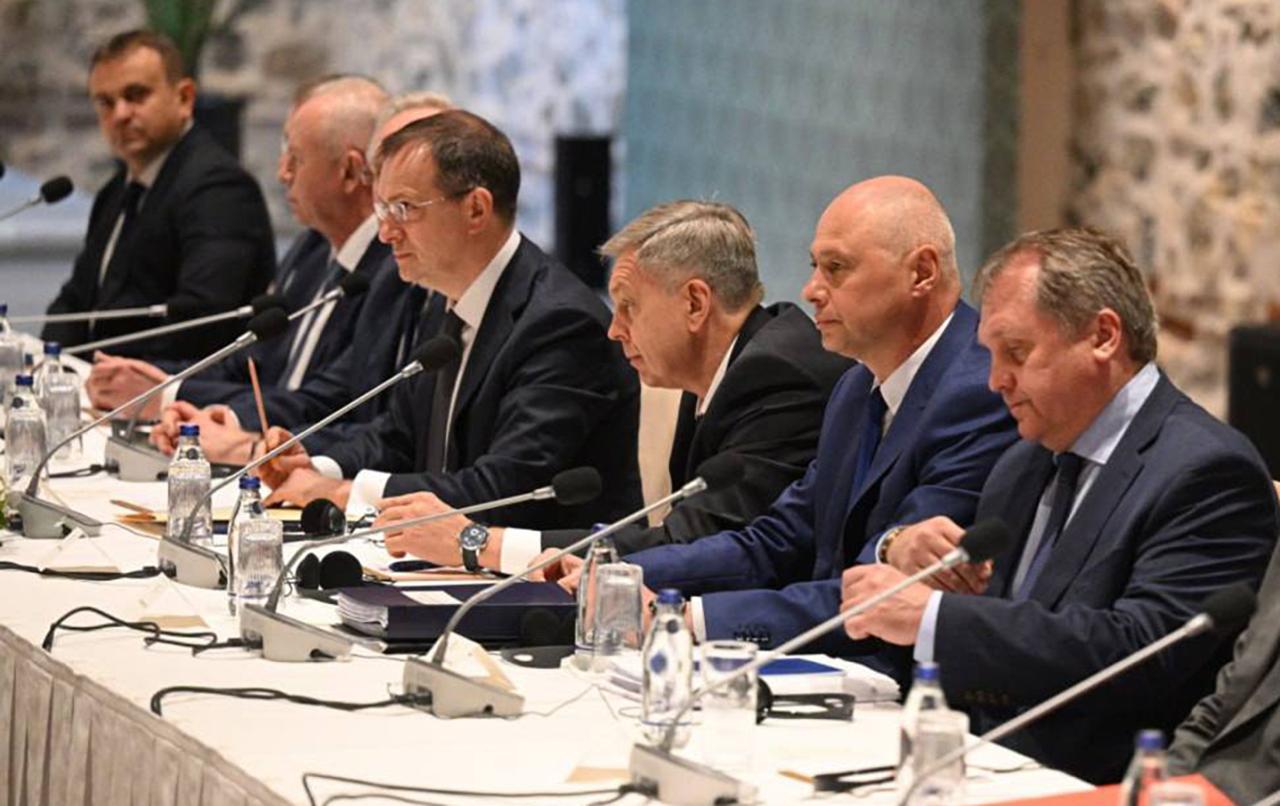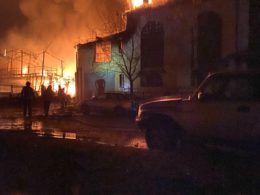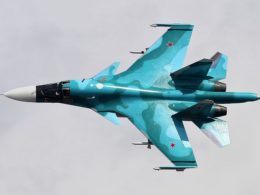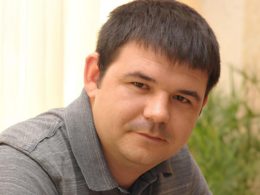"We fought Sweden for 21 years. How long are you ready to fight?” That was the message delivered by Russian presidential aide Vladimir Medinsky to the Ukrainian delegation during recent peace talks in Istanbul, according to The Economist’s Oliver Carroll, citing an informed source.
Medinsky, who led the Russian side, also reportedly said Russia “does not want war” but is ready to fight for “a year, two, three—however long it takes.” Another statement attributed to him warned: “Maybe some of those sitting here at this table will lose more of their loved ones. Russia is prepared to fight forever.”
These remarks came during a rare face-to-face meeting—the first between Ukrainian and Russian negotiators in more than three years. The two-hour session resulted in a 1,000-for-1,000 prisoner exchange agreement, confirmed by Ukraine’s Defense Minister Rustem Umerov, though no implementation date was announced.
Russian demands and threats undermine ceasefire efforts
According to Carroll’s report, the Russian delegation conditioned a ceasefire on Ukraine withdrawing all forces from Donetsk, Luhansk, Kherson, and Zaporizhzhia—regions claimed by Moscow since 2022 but only partially occupied. Ukrainian diplomatic sources said Russia also threatened to seize Kharkiv and Sumy, expanding its territorial demands.
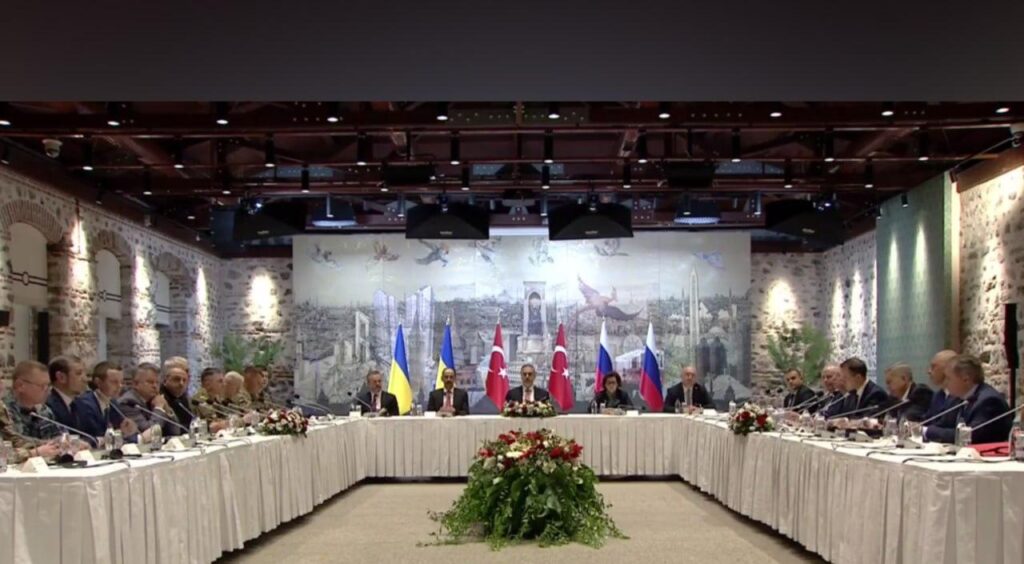
A source told Reuters the proposals were “detached from reality,” while a Kyiv official told The Telegraph that Russia considered Ukrainian withdrawal a “minimum requirement” for any progress.
Ukrainian MP Oleksiy Honcharenko also claimed that the Russian delegation issued threats to take Sumy region during the meeting.
Despite these allegations, neither delegation publicly mentioned any threats following the talks. Both sides acknowledged only the prisoner swap. Medinsky confirmed the deal and noted Ukraine’s request for a presidential-level meeting, but no additional negotiations were announced.
Heavy losses undercut "forever war" rhetoric
While Russia retains a large military arsenal, it has sustained significant losses. As of mid-May 2025, independent estimates indicate that Russia has lost over 10,800 tanks and 22,500 armored fighting vehicles in Ukraine.
According to the Ukrainian General Staff, Russian military casualties—killed and wounded—now approach 1 million. The UK Ministry of Defence reports a similar figure, estimating around 900,000 Russian soldiers have been killed or injured since the invasion began—figures that align with Ukrainian assessments.
Despite Medinsky’s assertion that Russia is ready to fight indefinitely, the scale of attrition suggests otherwise. Russia’s total population is approximately 146 million, including around 80 million women and 40 million pensioners, which significantly limits its pool of eligible combat personnel.
Amid these pressures, Russian forces have increasingly relied on scooters and motorcycles for battlefield mobility—a tactic driven by both equipment shortages and the need to evade Ukrainian drones. The shift reflects continued tactical improvisation under sustained operational strain.
Read also
-
Russia and Ukraine agree to largest-ever prisoner swap—but peace talks in Istanbul stall over Putin’s “outrageous” demands
-
Trump joins second crisis call with Zelenskyy, European leaders as Putin demands Ukraine retreat from four regions
-
Trump said he might join talks if Putin showed—instead Russia sent low-level delegation and continues to bomb Ukraine

